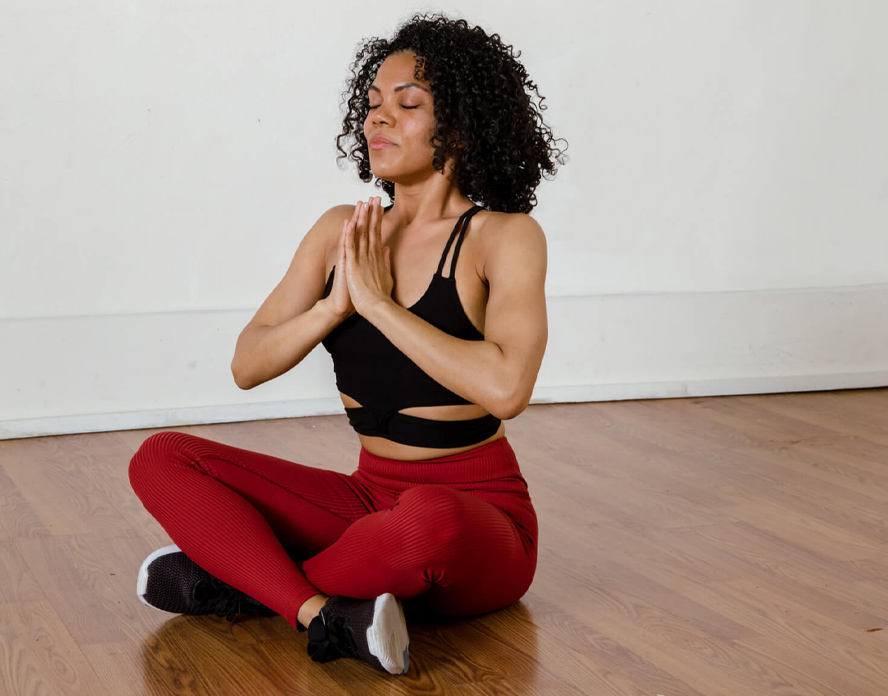Get insurance tailored to your business
Our yoga teacher insurance covers a range of small businesses so that you can focus on what you do best:
| Yoga studio | Part time yoga teacher | Trainee yoga teacher |
Choose your primary coverage to get started:

NEXT Insurance is a one-stop shop to help you get the yoga instructor insurance you need to protect your business from accidents, injuries, and legal fees. Our insurance packages typically include:
Our yoga teacher insurance covers a range of small businesses so that you can focus on what you do best:
| Yoga studio | Part time yoga teacher | Trainee yoga teacher |

general liability can help you pay for:

professional liability can help you pay for:

workers compensation can help you pay for:

commercial property can help you pay for:
For Personal Trainers AND Yoga Instructors
There might be a fair amount of insurance providers who provide coverage for both, but Next was the quickest to respond! The process was super straight forward and understandable.
Edward S.
The Best!
This insurance company is Awesome, very good customer support, and it’s the cheapest so you pay less, highly recommended!
Shereen S.
I’m a brand new customer
Great service so far!
Maria P.
Easy
It was easy to get insurance. Plus you can choose between monthly payments and annual payments. I love that! And you can use a credit card if you want to. Easy!
Berny K.
Great!
Great!
Tony P.
Next Insurance for Liability Personal Training
It was easy to sign up and a great price for Personal Training Liability Insurance
Lorraine B.
Owner
Agent service was excellent
Mark B.
Easy to enroll.
Easy to enroll.
Christopher M.
Personal Trainer
Best insurance in the area
Victor L.
Fast easy and affordable
Fast easy and affordable
Samuel J.



Yoga insurance costs vary based on the risks that your business faces, such as:
Learn more about yoga teacher insurance costs and coverage.

Yoga instructors should consider carrying insurance due to the risk of exercise-related injury and property damage. You might need insurance to:
Here are some of the most common questions we get about yoga instructor insurance. If you don’t find the answers you need here, our licensed, U.S.-based insurance advisors are standing by to help via online chat or phone.